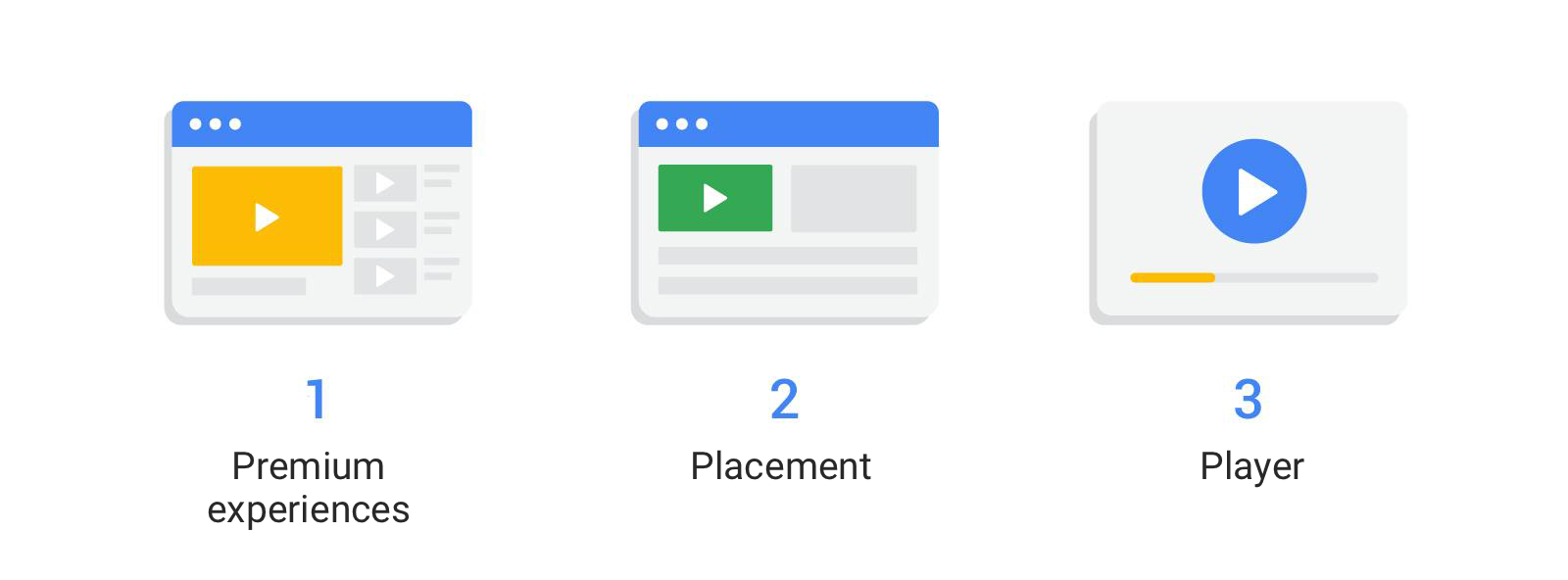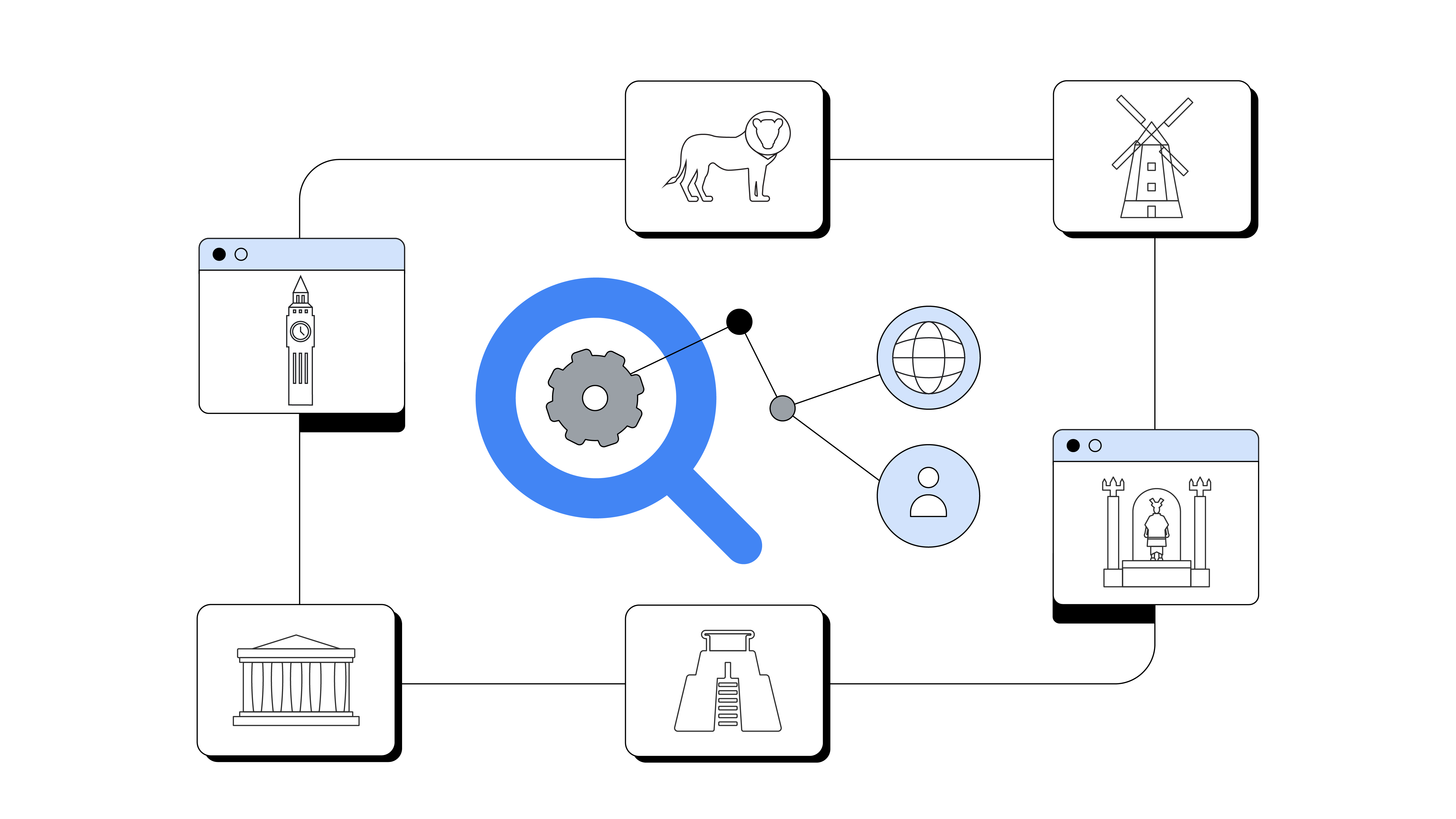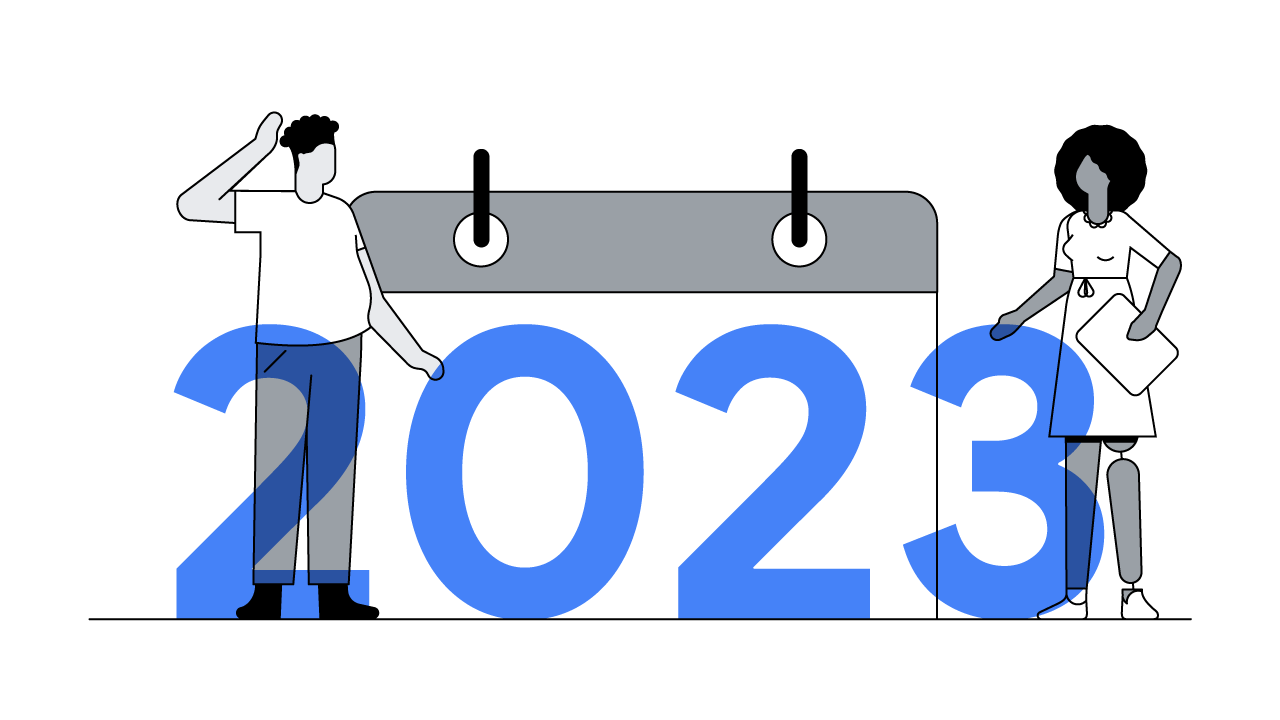Video is one of the most engaging digital advertising formats. But every publisher and advertiser knows that, just as with other formats, video ads have to be seen to be effective.
Increasing viewability, the measure of whether an ad has the opportunity to be seen, is not only beneficial for marketers and publishers, but for the entire ad ecosystem. Advertisers see better results. Publishers see increased demand and revenue. And consumers have a better viewing experience overall. Ads that play on screen, load quickly and offer a responsive design keep people engaged.

In our recent State of Ad Viewability Report, we found that the average viewability for video ads on publishers’ sites, excluding YouTube, is 66%. (Globally, across web and apps, videos shown on YouTube have a viewability rate of 95%). While the viewability number for publishers’ sites has been improving, there’s still opportunity to increase video viewability across all devices, platforms and content types. In fact, increasing the viewability of your video ads from 50% to 90% can result in more than an 80% revenue uplift (averaged across desktop and mobile sites).1
But when it comes to video ad viewability, a number of design and technical factors can get in the way. Here, we’ve identified the 3 P’s of viewability for in-stream video ads, which are delivered directly into a video player’s content stream.
Three Ps of video viewability

1. Premium experiences
Providing a premium video experience – one in which pages and videos load quickly – not only drives more value for your viewers, but can make your video inventory more sought after by advertisers. Consider integrating a dedicated video section into your website or app. Driving traffic directly to your videos typically results in more people watching your videos and the ads within them.
Improving page speed and optimising across platforms also make a difference. Simply put, when a video loads faster, people are less likely to leave before the video and ads start playing. And as people spend more time on mobile devices, it’s increasingly important to optimise for mobile formats using responsive design.
2. Placement
Video placement is an important factor in improving the viewability of your video ads. If people can’t find your videos, they can’t watch them. To make it as easy as possible for people to find your video content, identify where they spend time on certain pages and place your players there.
If data isn’t available or there are no clear patterns, place videos in an optimal location on your pages or in your apps. And while above-the-fold videos are more likely to be seen, ad placement below the fold shouldn't be ruled out.
3. Player
More and more, people expect a high-quality video player experience. By increasing your video player size, you can increase the viewability of your video ads.
Bigger players for in-stream video inventory can make a big difference. A 2560 pixel x 1440 pixel video player has a 95% viewability rate on average whereas a 854 pixel x 480 pixel player size has an 88% viewability rate. If you are going to use autoplay video, it’s important to use best practices. For example, only configure autoplay if the video player is full-size on the viewer’s screen. Video ads with sound can lead users to close the website or app immediately.
Following these recommendations can have a big impact on improving video viewability and make the video ad experience better for users, advertisers and publishers.







